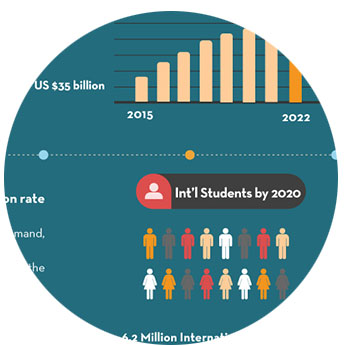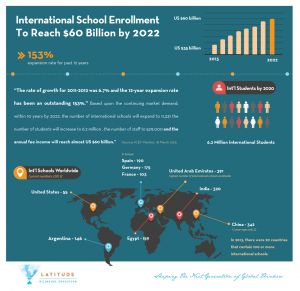Babies can detect language differences – understanding that people who speak different languages use words differently.
In a recent study at the University of Auckland, infants noticed that speakers did not share a language and did not generalise the rules of one language to another.
Infants as young as 13 months old understand that people from different linguistic communities use different words to refer to the same object, according to the new study published in the journal, Developmental Psychology by Jessica Scott and Dr. Annette Henderson from the University of Auckland.
“By that age, infants understand that people who speak different languages do not use the same words in the same way,” says Dr Henderson. “This is the first evidence that infants do not indiscriminately generalise words across people.”
“This early appreciation might help infants by encouraging them to focus on learning the words that will most likely be shared by members of their own linguistic group,” she says.
“They understand that object labels have shared meanings among speakers of the same language.”
In this study, the authors explored whether infants understand that word meanings (object labels) are not shared by individuals who speak a different language.
To test this, infants from English-speaking families in Auckland were first shown video clips that introduced them to two actors speaking a different language; one actor sang popular French nursery rhymes and the other sang popular English nursery rhymes.
Infants were then repeatedly shown a video clip of a French speaker picking up one out of two objects that infants had not seen before, and giving it a novel label (i.e., “medo”).
Since infants look longer at things they find novel, or unexpected, two critical test events were designed to investigate the research question.
In one test event, infants saw the same French speaker pick up the same object and label it “medo”; in another test event, infants saw the French speaker pick up the object that had not previously been labelled and label this “medo”.
In line with previous research, infants looked longer when the French speaker referred to the unlabelled object as “medo”.
“This suggests that infants apply the rules they have learned of their own language and expect speakers of foreign languages to label objects consistently,” says Dr Henderson. “Infants do not expect to hear the French speaker to use the same label for two different objects.”
Notably, when infants were shown critical test events of an English speaker using the same label for the same objects as the French speaker had (i.e., the object previously labelled “medo” and the unlabelled object) there was no significant difference in infants’ looking times towards both objects.
“This finding shows that infants appreciate that words are not shared by speakers of different languages, suggesting that infants have a fairly nuanced understanding of the conventional nature of language,” she says.
“People often think that babies absorb language and you don’t have to teach them, (and they do absorb it and they learn very passively), but the’yre not just learning willy-nilly, they’re being smart and making distinctions about the words they hear and use,” says Dr Henderson.
More information: Scott, J.C. & Henderson, A.M.E. (2013). “Language Matters: Thirteen-Month Olds Understand That the Language a Speaker Uses Constrains Conventionality.” Developmental Psychology. DOI: 10.1037/a0031981
Journal reference: Developmental Psychology
Provided by University of Auckland
http://medicalxpress.com/news/2014-01-babies-language-differences.html#nRlv







